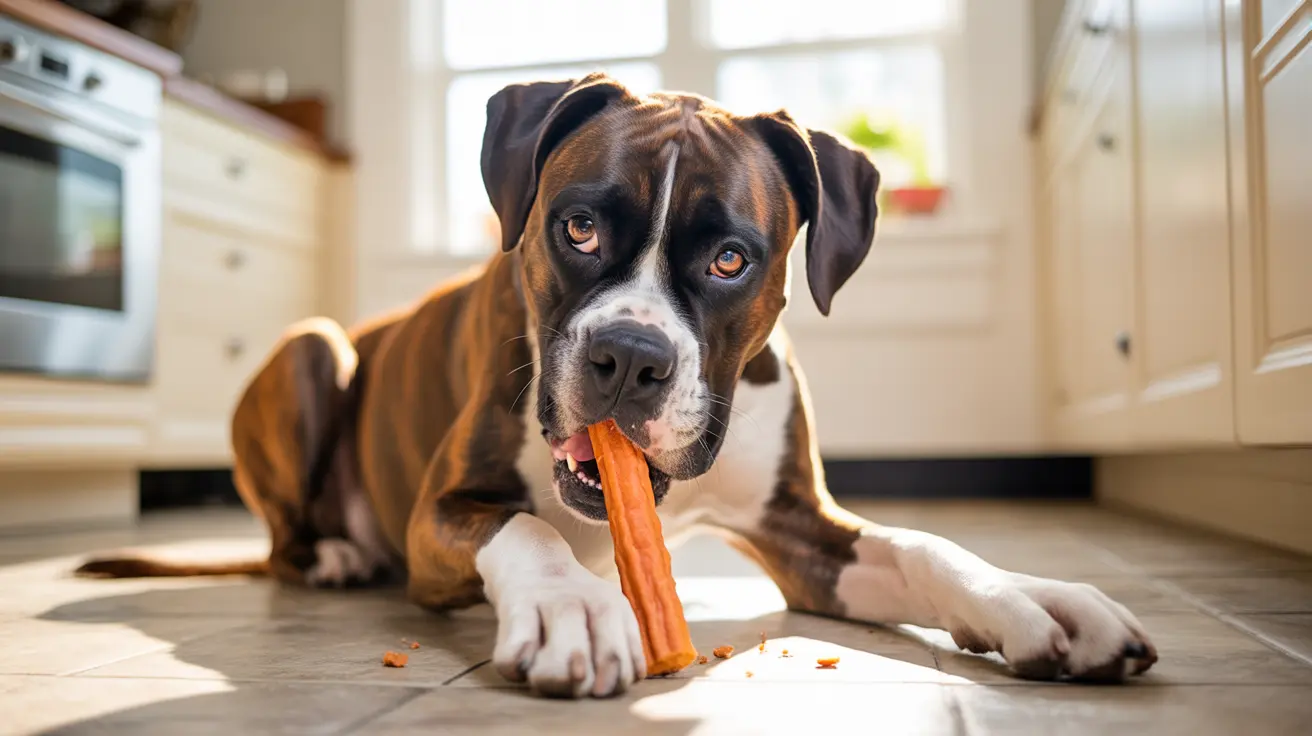As a pet owner, you've likely wondered about the safety of feeding mushrooms to your dog. While certain store-bought mushrooms can be safe in moderation, the topic requires careful consideration, especially given the potentially fatal risks associated with wild mushrooms. Let's explore everything you need to know about dogs and mushroom consumption to keep your furry friend safe.
Understanding the distinction between safe and dangerous mushrooms is crucial for every dog owner. This comprehensive guide will help you navigate mushroom safety, recognize danger signs, and know exactly what to do in case of accidental ingestion.
Safe vs. Dangerous Mushrooms for Dogs
Store-bought mushrooms like white button, portobello, and cremini are generally non-toxic to dogs when properly prepared. These mushrooms should be plain-cooked, without seasonings or oils, and given in small amounts only after veterinary approval.
However, wild mushrooms present a serious danger to dogs. With thousands of species existing in nature, many containing deadly toxins, it's impossible for the average person to distinguish safe from dangerous varieties. Some of the most lethal species, like the death cap mushroom (Amanita phalloides), can cause fatal organ failure within days of ingestion.
Signs of Mushroom Poisoning in Dogs
Mushroom toxicity symptoms can vary dramatically depending on the species ingested. Early warning signs typically include:
- Vomiting and diarrhea
- Excessive drooling
- Lethargy or weakness
- Abdominal pain
- Disorientation
More severe symptoms may develop hours or days later, including:
- Liver failure (indicated by yellowing skin or eyes)
- Seizures or tremors
- Severe dehydration
- Kidney failure
- Coma
Immediate Actions for Suspected Mushroom Ingestion
If you suspect your dog has eaten a wild mushroom, time is critical. Take these immediate steps:
- Contact your veterinarian or emergency animal hospital immediately
- Collect and photograph any remaining mushrooms (using gloves)
- Note the time of ingestion and any symptoms
- Do not wait for symptoms to appear before seeking help
Treatment and Recovery
Treatment for mushroom poisoning typically involves multiple approaches:
- Decontamination through induced vomiting (if caught early)
- Administration of activated charcoal
- Intravenous fluid therapy
- Liver protective medications
- Intensive monitoring and supportive care
The prognosis depends largely on the type of mushroom consumed and how quickly treatment begins. Some cases require several days of hospitalization and monitoring.
Prevention Tips
The best approach to mushroom safety is prevention:
- Regular yard checks and mushroom removal
- Close supervision during walks
- Training strong "leave it" commands
- Immediate removal of any mushrooms growing in areas where your dog has access
- Consulting with your vet before introducing any new foods
Frequently Asked Questions
Can dogs safely eat store-bought mushrooms like white button or portobello?
Yes, most store-bought mushrooms are safe for dogs when plain-cooked and given in moderation, but always consult your veterinarian first. Avoid seasoned or raw mushrooms.
What are the symptoms of mushroom poisoning in dogs and how quickly do they appear?
Symptoms can appear within 30 minutes to 24 hours, depending on the mushroom type. Initial signs often include vomiting, diarrhea, and lethargy, while severe cases may progress to organ failure.
How should I respond if I suspect my dog has eaten a wild mushroom?
Contact your veterinarian immediately, even if no symptoms are present. If possible, collect samples of the mushroom (using gloves) for identification. Don't wait for symptoms to develop before seeking help.
Which types of wild mushrooms are most toxic and dangerous to dogs?
Amanita species, particularly the death cap mushroom, are among the most dangerous. However, many toxic varieties exist, and visual identification is unreliable for non-experts.
What treatments do veterinarians use for mushroom poisoning in dogs?
Treatment typically includes decontamination procedures, activated charcoal administration, IV fluids, liver protectants, and supportive care. The specific approach depends on the type of mushroom and timing of ingestion.
Remember, when it comes to mushrooms and dogs, it's always better to err on the side of caution. If you're ever unsure about a mushroom your dog may have eaten, seek immediate veterinary care.






